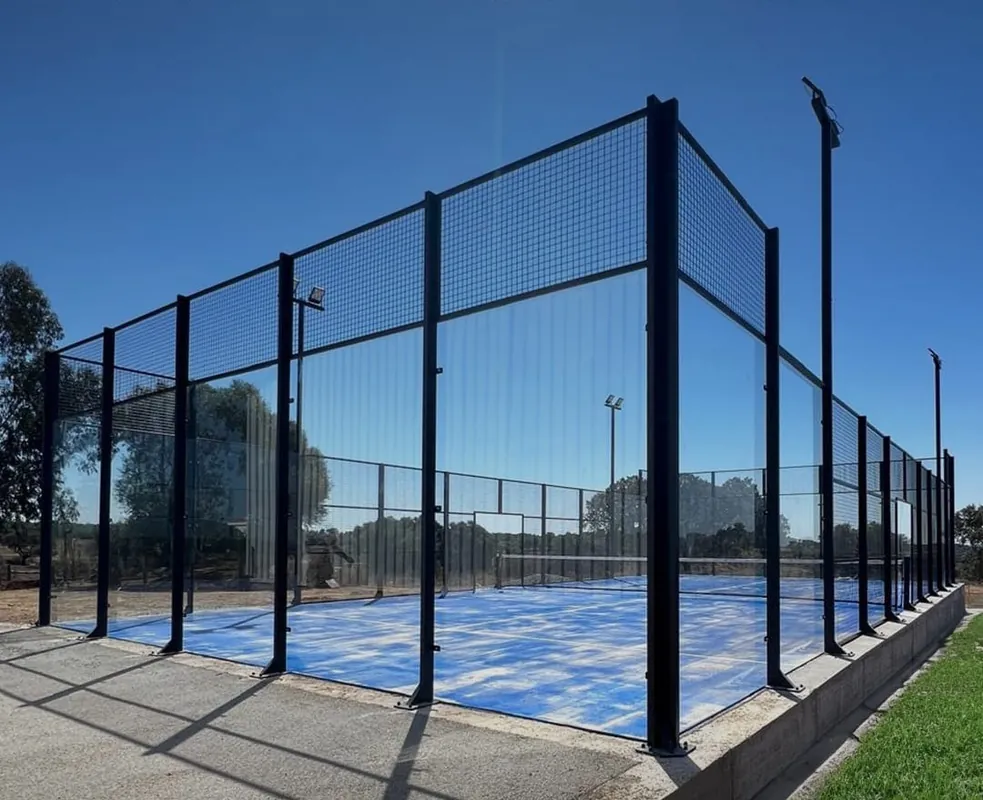
Knowing how to perform CPR (cardiopulmonary resuscitation) on an infant could save a life. This guide provides step-by-step instructions on how to perform CPR on babies under 1 year old. CPR combines chest compressions and rescue breaths to help keep oxygen flowing through the body when a baby's heart stops beating or they stop breathing normally.
Infant CPR is a life-saving technique used when a baby under 1 year old is unresponsive and not breathing normally. Babies usually have healthy hearts, but they may stop breathing due to choking, drowning, or other emergencies. Learning this skill could help you save a precious life.
The steps for infant CPR are different from adult CPR because babies are smaller and more delicate. You'll need to use gentler techniques while still providing effective help.
You should perform CPR on an infant when:
Remember, it's better to start CPR if you're unsure rather than wait until it's too late1.
Before beginning CPR, follow these important safety steps:
If you're alone, give CPR for about 1 minute before calling for help, unless you can put your phone on speaker while starting CPR.

Place the baby on their back on a firm, flat surface. A floor or table works better than a soft bed or sofa.
Gently tilt the baby's head to a neutral position – not too far back. This helps open the airway.
Check the baby's mouth for any visible objects blocking the airway. If you see something, carefully remove it with your little finger. Never blindly sweep your finger into the baby's throat.
Look, listen, and feel for normal breathing for no more than 10 seconds:
If the baby is breathing normally, place them in the recovery position (on their side) and continue to monitor them until help arrives.
If the baby is not breathing normally:
If the baby remains unresponsive:
After 30 compressions:
Keep performing CPR until:
If the baby is choking before becoming unresponsive:
Infant CPR uses two fingers for compressions instead of hands, requires gentler pressure, and involves covering both the mouth and nose during rescue breaths. The compression depth is also less – about 4cm compared to 5-6cm for adults.
Press down about 4cm (1.5 inches) or approximately one-third of the depth of the baby's chest.
Aim for a rate of 100-120 compressions per minute. This is about 2 compressions per second. Some people find it helpful to compress to the beat of the song "Staying Alive".
While it's important to be gentle with infants, effective CPR requires firm pressure. It's better to ensure adequate depth than to press too softly. The baby's ribs may occasionally break during proper CPR, but this is better than the alternative of not providing effective compressions.
Start CPR immediately if the infant is unresponsive and not breathing normally or only gasping.

Yes, if available, an AED (Automated External Defibrillator) can be used on infants. Use paediatric pads if available. If only adult pads are available, place one on the front of the chest and one on the back.
It's better to attempt CPR than to do nothing at all. Emergency operators can provide guidance over the phone while help is on the way.
Learning infant CPR is an essential skill for parents, childcare providers, and anyone who spends time with babies. While this guide provides important information, we strongly recommend taking a proper CPR training course with Response First Aid Training to gain hands-on practice with expert feedback.
Remember, in an emergency, staying calm and following these steps could save a precious life. Quick action and proper technique are crucial when performing CPR on an infant.
Response First Aid Training offers comprehensive courses that include infant CPR. Contact us today to book your training session and gain the confidence to act in an emergency.
Please leave your details and I'll get back to you within 24 hours.